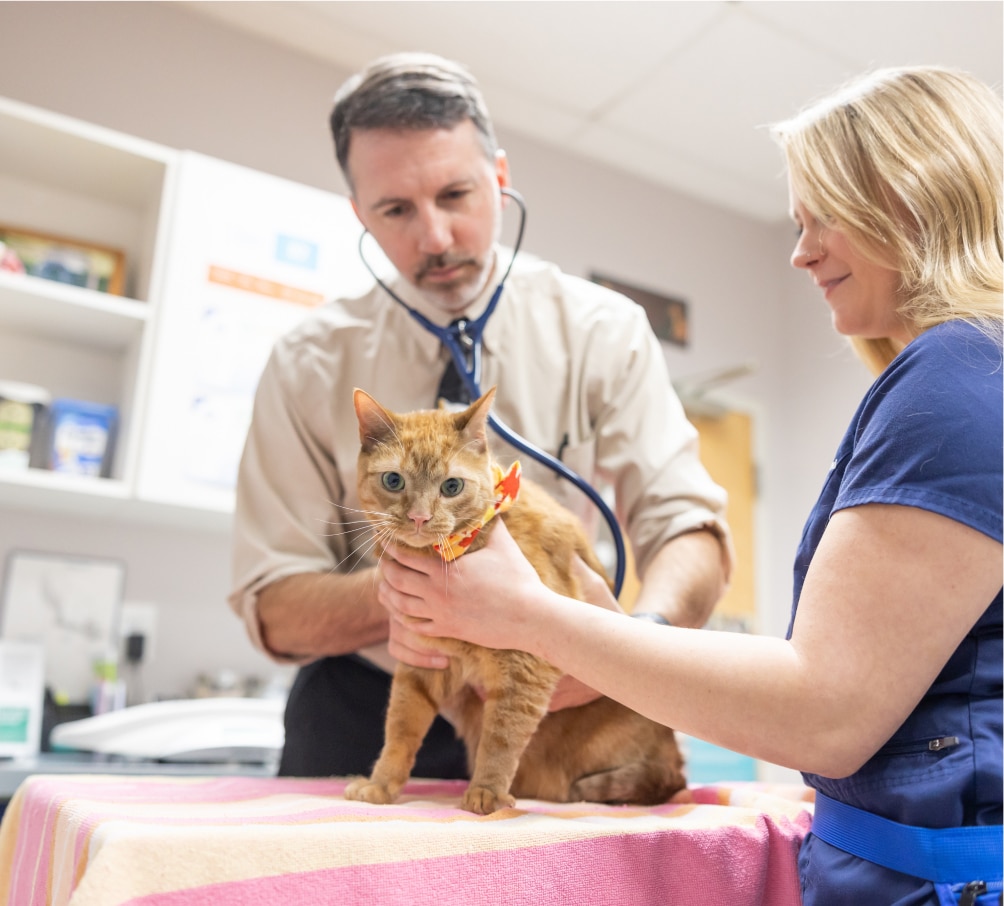You do everything to keep your pet safe and inside your home. But, despite your precautions, accidents happen. Maybe a gate was left open, or maybe you dropped the leash during a walk. The next thing you know, your furry friend has gone missing.
When your pet runs away, it’s understandable to feel panicked. Try to remain calm and follow a plan of action.
Follow these 5 steps to get your pet back after he’s escaped.
Don’t Chase
If your pet is still within your sight, don’t run after him. Chasing animals tends to only excite them and cause them to run farther away. This can be dangerous if your pet runs into the road or an enclosed area where you can’t follow him.
Instead, simply try to get him to stop running. If he listens to commands, tell him to lay down and stay. It’s much easier to get a dog to remain in place than it is to get him to come to you.
When you’re walking toward him, it can help to walk sideways and not look toward him, as if you don’t care about his mischievous behavior. If this doesn’t work, you can try to get on the ground yourself. Sit in place and call him in an excited voice.
Try to Entice Him Back
Entice your pet back with treats, food, and his favorite toys. Use a fun and loving voice to call him.
If you’re not sure where he has gone, try leaving food and blankets where you saw him last. The smell of these familiar items might help him find his way back home.
If your pet does come back to you, remember not to scold him. He will not associate the scolding with the act of running away, but rather with the act of returning. This will train him not to come back if he runs away in the future.
Notify Authorities
If a good samaritan finds your pet, they will try to get in touch with you. But if they can’t, (if there is no collar, for example) they will likely bring the pet to the authorities.
That’s why it’s so important to inform these authorities that you’re looking for a lost pet. Leave your contact information with them to speed up the reunion process.
Remember, this isn’t a medical emergency, so don’t call 911. Instead, tell the local police department, as well as nearby vet offices, groomers, rescue shelters, and animal control centers.
Spread the Word
While you wait to hear back from the authorities, you can spread the word that your pet has gone missing.
Start with your neighbors and ask if they saw where your pet went. You should also take the search to social media, especially any local pages for your city or town.
Finally, posting printed flyers is a tried-and-true method of finding a lost pet.
When sharing information, include a picture of your pet, his name, size, coloring, and age. Include any relevant behavior traits, such as aggression or anxiety around strangers.
Experts recommend against offering a reward when it comes to a lost pet. Offering cash can sometimes attract scam artists and unscrupulous pet catchers. A truly good samaritan will return the pet for free, just because it’s the right thing to do.
Be Persistent
Finally, don’t give up on your search for your pet.
Every few hours, cruise the neighborhood in your car or on your bike. Call his name and visit any areas he might be familiar with, such as a nearby park or the neighborhood where you used to live.
Check back with the authorities you notified earlier. Keep your neighbors and social media friends updated on the search.
Persistence is key to finding a lost pet. With the right amount of effort, you can locate your pet and enjoy a happy reunion.
How to Stop Your Pet From Running Away Again
Once your pet is safe back at home, you’ll need to be proactive to ensure this scary incident doesn’t happen again.
You can stop your pet from running away by following these tips:
- Keep him entertained. Boredom can cause pets to seek adventure and wander off. Do not leave your pet unattended for long periods of time.
- Keep him enclosed in a sturdy gate. Talk to your family members about gate safety.
- If a gate is not available, a stake and lead can also work. There must be access to shelter and water.
- Train him with safety commands such as sit, heel, stay, and lay down.
- Get him microchipped. This encoded information can help authorities contact you
and return your pet. Once your pet is microchipped, be sure to register it with your name and contact information. Shelters and rescues do not always register implanted microchips for you! Learn more about the benefits of microchipping a pet here.
Veterinary Clinic in Frederick, MD
Do you want to get your pet microchipped? Are you looking for a single place to handle all his medical, grooming, and boarding needs?
Visit Old Farm Vet Hospital, conveniently located in Frederick, Maryland!
We are proud to offer comprehensive pet care services that you can trust. Our team of experienced vets will get to know your pet and his unique needs. Call now to learn more.



